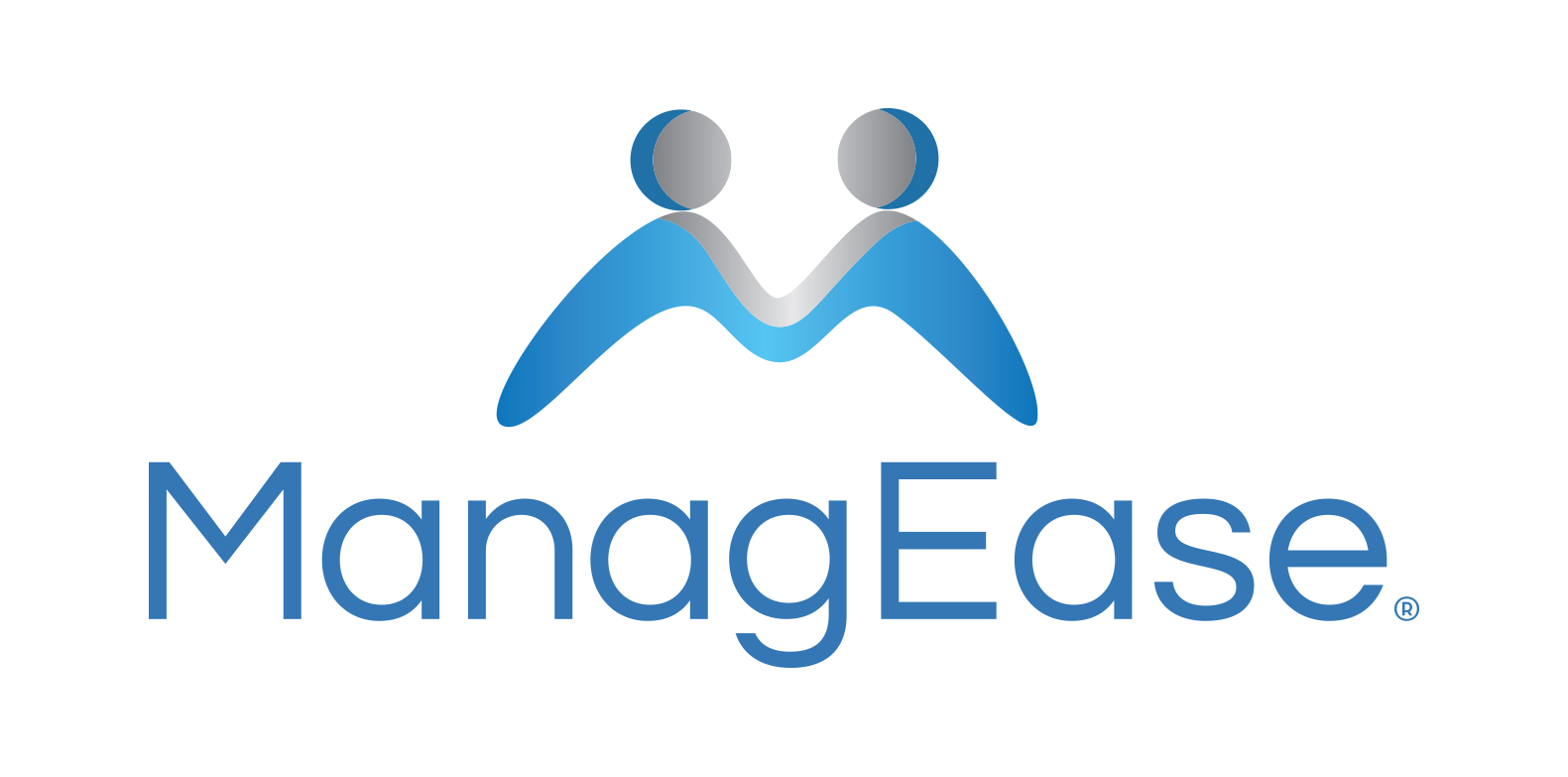IMPORTANT! CDC COVID-19 Update for Employers
|
APPLIES TO All Employers |
EFFECTIVE March 1, 2024 |
QUESTIONS? Contact HR On-Call |
Quick Look
|
Discussion
The U.S. Centers for Disease Control (CDC) recently issued updated guidance relating to managing COVID-19 illness. Similar to recent shifts in Oregon and California, the CDC is moving away from specific COVID-19 guidance, opting for a combined approach to respiratory viruses (e.g., COVID-19, the flu, and RSV) to make it easier for people to follow.
What is the new guidance?
The new guidance tells people to stay home and away from others if they have respiratory virus symptoms, including fever, chills, fatigue (tiredness), cough, runny or stuffy nose, headache, chest discomfort, chills, decrease in appetite, diarrhea, muscle or body aches, new loss of taste or smell, sneezing, sore throat, vomiting, weakness, or wheezing. People can return to their normal activities 24 hours following the end of a fever (without fever-reducing medication) and their symptoms are improving. However, people are instructed to take precautions for the next 5 days (following the 24-hour period after a fever has ended and symptoms are improving), such as taking additional steps for cleaner air, hygiene, masks, physical distancing, and/or testing when around other people indoors.
What does this mean for employers?
Employees no longer must test for COVID-19 or isolate for five days following a positive test. However, they should stay home for the required 24-hour period following resolution of a fever and improving symptoms following respiratory illness. They should also take safety precautions during the five days following return to normal activity. Keep in mind that OSHA requires employers to provide a safe work environment, which means adhering to appropriate public health guidance. Employers should continue to evaluate their workplaces to determine the best approach applicable to their circumstances.
Employers must continue to take paid sick leave, family and medical leave, and disability accommodation requirements into account when employees are sick, have an accommodation need, or are otherwise at high risk for contracting severe respiratory viruses. The CDC continues to highlight vaccination for reducing the risk of severe illness from respiratory viruses. Employers may continue to encourage vaccination to minimize the impact of illness in the workplace and should consider including COVID-19 vaccinations when offering onsite flu shot clinics.
Can employers still require a testing and isolation protocol?
Employers may maintain more strict precautionary requirements surrounding respiratory viruses provided they are consistent with job duties and business need. Keep in mind that some states still have rules against mandated COVID-19 vaccination or that prohibit discrimination based on having or not having received vaccinations.
What should employers do in jurisdictions/industries with more strict protocols?
Employers should continue to follow requirements in areas where public health agencies have more strict rules. This situation will likely be quickly evolving as jurisdictions evaluate the CDC’s guidance in determining whether to make any changes to their own rules.
Does the updated CDC guidance apply to healthcare settings?
No. The guidance for healthcare settings did not change. Those employees must still test for COVID-19 and wear masks and other personal protective equipment, as required. Employees testing positive for COVID-19 must also still follow isolation protocols.
Action Items
- Review the CDC’s updated guidance here.
- Follow paid sick leave, family and medical leave, and disability accommodation laws when employees are eligible.
- Have policies and procedures updated.
- Have appropriate personnel trained on the new guidelines.
Disclaimer: This document is designed to provide general information and guidance concerning employment-related issues. It is presented with the understanding that ManagEase is not engaged in rendering any legal opinions. If a legal opinion is needed, please contact the services of your own legal adviser. © 2024 ManagEase
